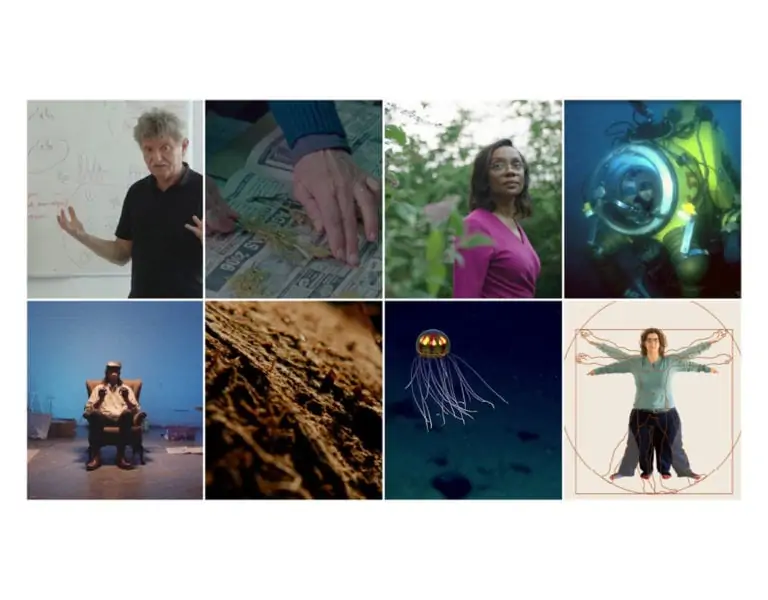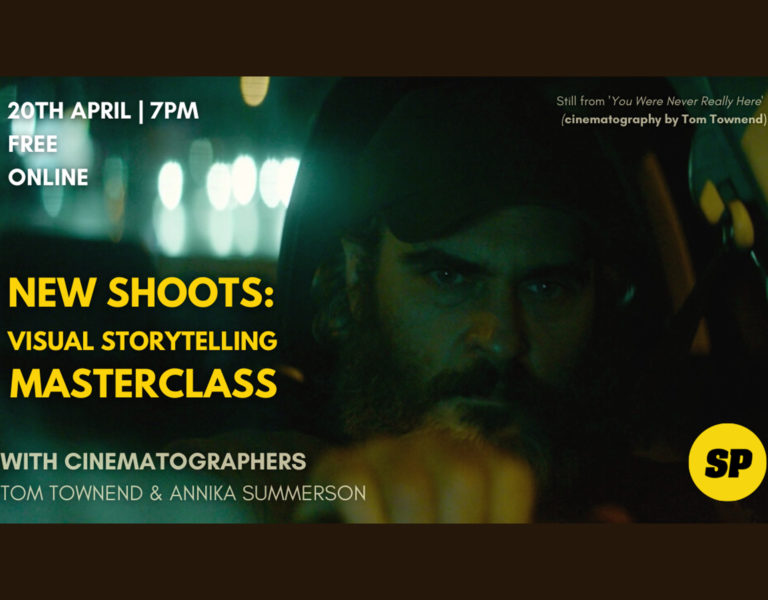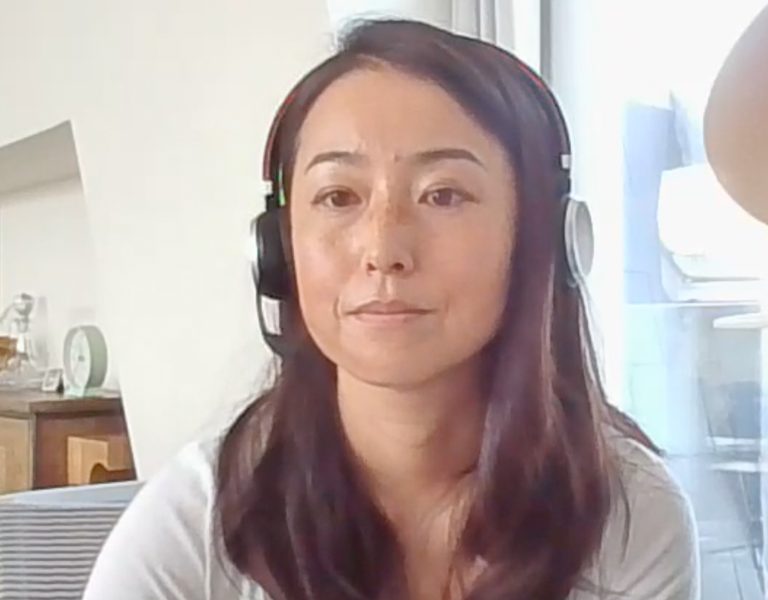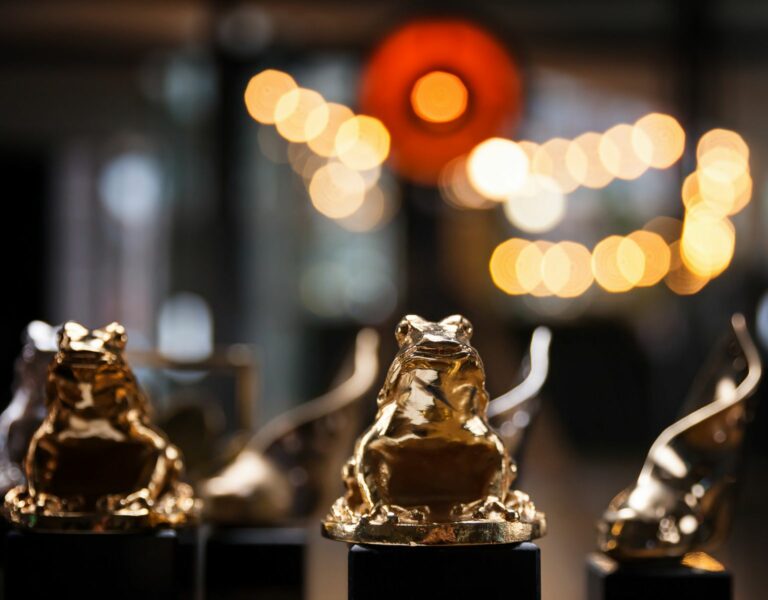Home » Features » Opinion » Letter From America »
Steven Poster ASC explores the ways in which filmmakers design emotional qualities of their images and create textures and tones perfectly suited to the story being told.
I know I have a deadline to meet. I know I have to write my next column. But I’m having trouble getting into some nice lightweight and fun subjects…because (at the time of writing) the strikes have not settled yet. And there is no indication of when they will come to their senses and realise that they have to pay us living wages with proper benefits. And there has to be future proofing of our positions so that we are guaranteed the ability to earn a living wage. There has been some news today that there was progress.
The frustrating thing is right now there is nothing we can do other than to support our Brothers and Sisters in this struggle, and hope.
However, there are a couple of things I would like to mention. The first is that one of our jobs as interpretive artists is first and foremost to be storytellers. And as storytellers we must find ways to design the emotional qualities of our images. There are many ways to accomplish these modifications. It could be as simple as styling with focal length and depth of field. Look how well Wes Anderson and Robert Yeoman ASC do with all their movies. Their particular style sets a tone with the audience right from the very first shot. Lighting can create a style without any help from other styling tools. I think you can see that in almost everything that Conrad Hall ASC shot. Take a look at Fat City from Connie. When I first saw that movie, I had to find out how he did it.
The formula for his kind of real was an old still photography method of exposing for the shadows and printing for the highlights. I was told that he overexposed the negative three stops, pull-processed one stop and printed down two stops.
With a level of overexposure that nobody in those days would have attempted he created a texture and tone that was perfect for that story.
I love working with texture and grain. If you are shooting on film, grain is easy. There is that random level of unconscious movement that comes from the nature of the photo/chemical process. On Donnie Darko I had a political reason to choose the negative stock I used for the whole movie. I needed a way to convince the producer that I wouldn’t need more light to shoot with anamorphic lenses. And because Kodak’s new 5289 stock was rated at 800 ISO not only did I get the extra sensitivity I needed, but I got a beautiful grain structure throughout the movie.
With digital imaging it’s harder to create that kind of texture. Most of the cameras at their nominal sensitivity deliver very clean images. And if you do boost the sensitivity to get a little noise there is the possibility of getting fixed-pattern-noise because all the photo sites are fired simultaneously. And adding granularity in post is not as real as having it created in the camera. That’s exactly what I’ve done on my latest movie Scared to Death. Canon is the only manufacturer that fires their photo sites randomly, creating the movement that simulates film grain. And when you push the ISO higher you can see more of that “noise.” I shot the whole movie at 3200 ISO.
My favourite way of creating a “look” for my projects is using diffusion filtration. I think the technical term is “I want to smoosh up the image!” When I was a young teenager, I had the opportunity to hang out in the Green Bay Press Gazette darkroom one summer while visiting my aunt and uncle. Those old press photographers were great, and very generous. One of my favourite lessons was rubbing my finger on the side of my nose and applying the grease to the lens to blur the edges of the photograph. I’m sure most of us had tried that at one time or another. But if not there’s no time like right now. You can achieve a brilliant glow around your subject.
Early in my career I was hired to photograph a hair product commercial with Phyllis George, 1970’s Miss America. But we had to shoot it on video. So, we rented the NBC studio in Chicago. I walked in and immediately knew I was definitely not part of the crew on that stage. They had already turned on every light in the room. I looked at the image they were creating and it was pure ugly. So, I asked if they could soften the image somehow (I knew a few video buzz words and asked them to “pull the contours” and turn off a bunch of the lights). They of course refused.
The whole crew had a coffee break and left the stage. I quickly whipped out my secret box of Saran Wrap and rubber bands and proceeded to cover the front of the lens in five layers of the plastic. When they returned after the break there was some pretty sharp and juicy dialogue between us, until the client looked at the monitor and said, “This looks pretty good. let’s use it.”
Now, however, we don’t need to rely on our own greasy skin or a roll of plastic wrap. Tiffen Manufacturing makes many different kinds of glass diffusion filters. And there are others to choose from. I’m sure there is something to fit your taste for creating just the “look” you want.
My preferred flavour right now are the new Black Fogs and Night Fogs – they spread the light and smooth the skin, the fog component gives the image depth.
And I know that the preferred flavour for all of us now is to go back to work with an equitable and fair contract that will truly allow us to do the work that we love and be able to support our families in a way we all deserve.

















